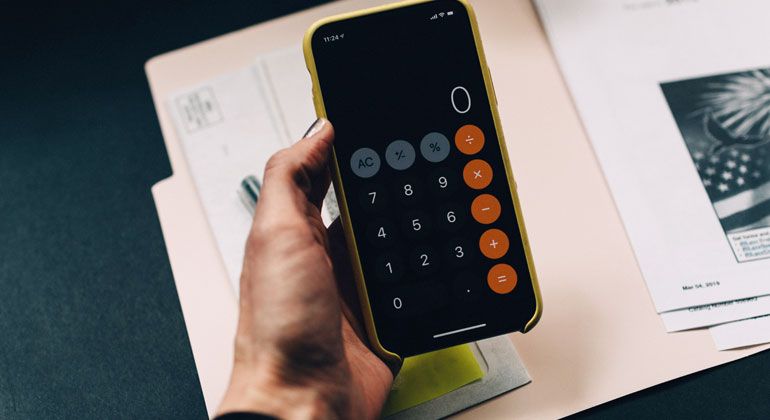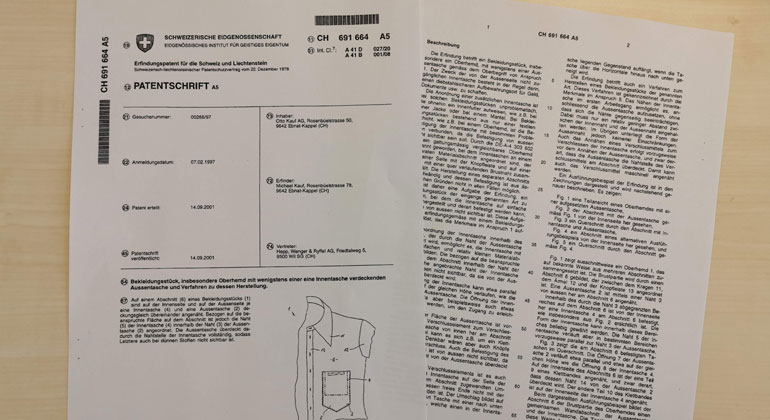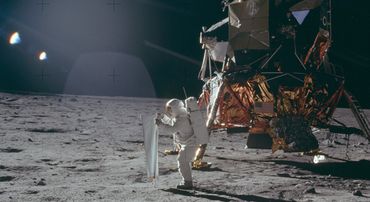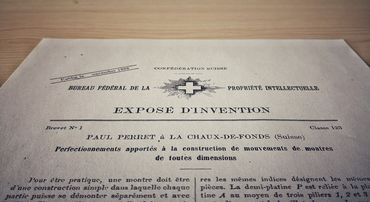The subject of our fictional example is ‘High Tech Ltd’. Company engineer John Smith has developed an innovative mechanism for a machine. Management immediately recognises the potential of the technical innovation and is eager to patent it. It’s the young company’s biggest breakthrough to date, but it’s not long before the question arises – how much will this actually cost?
Using the example of applying for a Swiss patent at the Swiss Federal Institute of Intellectual Property (IPI), we run through the costs that High Tech Ltd. can expect to pay. First of all, there is no flat fee for the patent application, apart from the fixed filing fees. However, these make up only a small part of the expenses. The additional investments depend on the chosen route, for example, in which markets or countries the invention will be commercially marketed. It is recommended to discuss key questions with a patent attorney. A list of experts is available on the IPI's IP Advisory Network.






